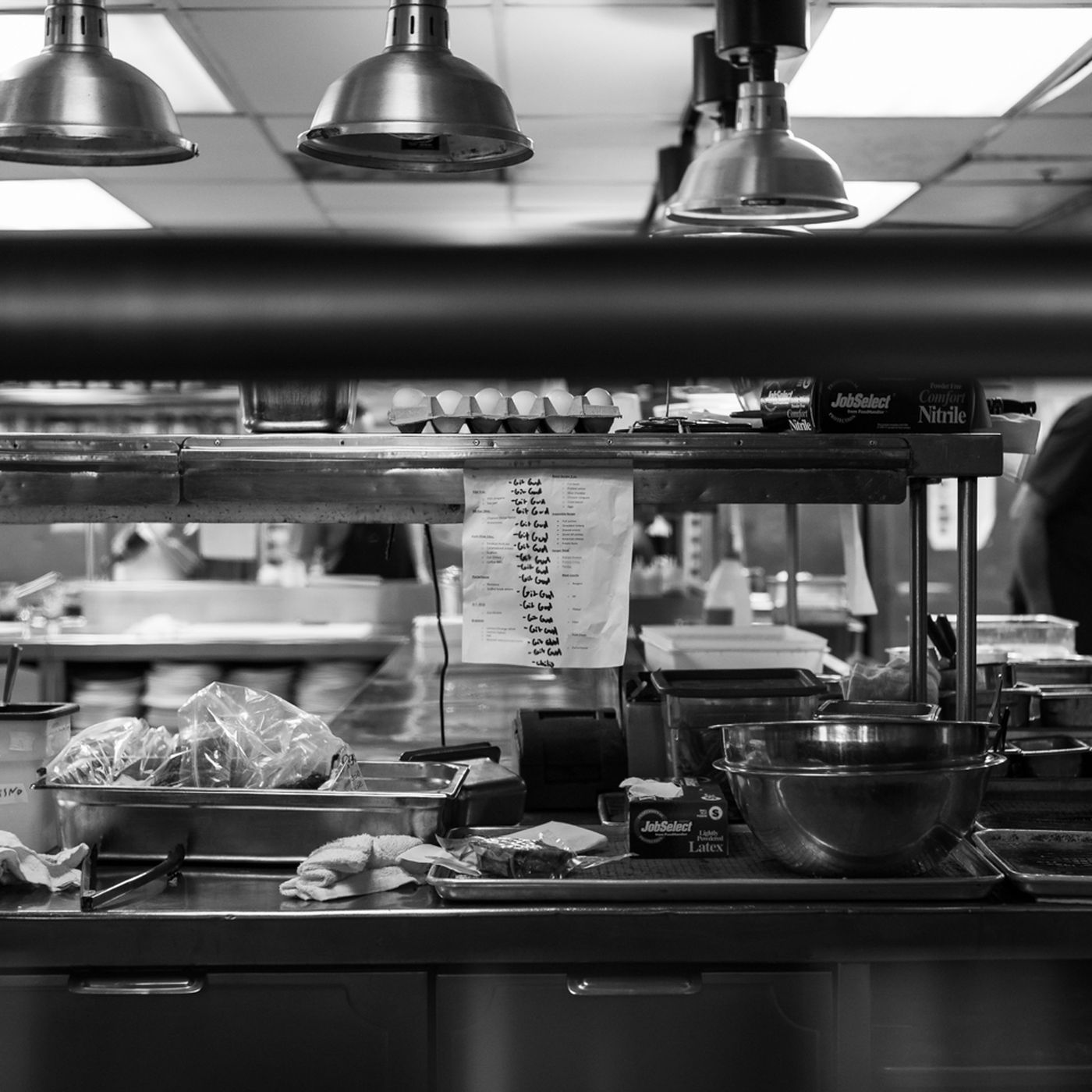There’s more to running a successful restaurant than delicious food and great service. It’s a well-oiled machine of efficient and streamlined operations. You can feel overwhelmed when it comes to improving your restaurant’s operations, whether you’re an owner or manager. Here’s a step-by-step guide to help you get started, from staff training to inventory management.
Step 1: Assess Your Current Operations
The first step in any improvement process is understanding your starting point. Conduct a comprehensive assessment of your restaurant’s operations. Identify strengths and weaknesses in areas such as service speed, staff performance, kitchen efficiency, and customer feedback.
Step 2: Set Clear Objectives
Once you’ve pinpointed the areas that need improvement, set clear, specific objectives. Are you aiming to reduce customer wait times, increase table turnover, enhance food quality, or all of the above? Defining your goals will guide your efforts throughout the improvement process.
Step 3: Staff Training and Development
Your restaurant staff is the backbone of your operation. Invest in their training and development. Develop a comprehensive training program that covers everything from customer service to food safety. Ensure that your team is knowledgeable, skilled, and motivated to deliver excellent service consistently.
Step 4: Streamline Menu and Inventory Management
Your menu and inventory management are intertwined. Streamline your menu by focusing on the dishes that are most popular and profitable. Implement effective inventory management systems to minimize waste and control costs. Regularly review and update your menu to keep it fresh and aligned with customer preferences.
Step 5: Embrace Technology
The restaurant industry is evolving, and technology plays a significant role in enhancing operations. Implement modern restaurant management software for reservations, order processing, and inventory control. Utilize point-of-sale systems and online ordering platforms to improve efficiency and customer convenience.
Step 6: Optimize Staff Scheduling
Efficient staff scheduling is crucial to avoid overstaffing or understaffing during peak hours. Use scheduling software to match labor resources to customer demand, reducing labor costs while ensuring quality service.
Step 7: Monitor and Analyze Performance
Consistently monitor and analyze the performance of your restaurant’s operations. Collect data on key performance indicators, such as customer feedback, table turnover, and sales trends. Use this data to make data-driven decisions and identify areas that need further improvement.
Step 8: Continuous Training and Feedback
Improving restaurant operations is an ongoing process. Schedule regular training sessions and encourage open communication with your staff. Act on their feedback and provide them with opportunities for growth and development.
Step 9: Implement Customer Feedback Loops
Customer feedback is invaluable for refining your operations. Implement feedback loops through comment cards, online surveys, or social media. Use this feedback to make adjustments, address concerns, and enhance the overall dining experience.
Step 10: Stay Adaptable
The restaurant industry is dynamic, with changing trends and customer expectations. Stay adaptable and open to change. Continuously seek opportunities for innovation and improvement, and be willing to evolve your operations as needed.
Conclusion
Enhancing restaurant operations is a multi-faceted process that requires careful planning, dedication, and adaptability. From staff training to menu management and embracing technology, each step in this guide plays a crucial role in creating a well-run and successful restaurant. By following these steps and continuously seeking ways to improve, you can ensure that your restaurant consistently delivers exceptional experiences to your customers and remains competitive in the ever-evolving restaurant industry.




